In one of the most dramatic upsets in Olympic history, the underdog U.S. hockey team, made up of college players, defeats the four-time defending gold-medal winning Soviet team at the XIII Olympic Winter Games in Lake Placid, New York. The Soviet squad, previously regarded as the finest in the world, fell to the youthful American team 4-3 before a frenzied crowd of 10,000 spectators. Two days later, the Americans defeated Finland 4-2 to clinch the hockey gold.
The Soviet team had captured the previous four Olympic hockey golds, going back to 1964, and had not lost an Olympic hockey game since 1968. Three days before the Lake Placid Games began, the Soviets routed the U.S. team 10-3 in an exhibition game at Madison Square Garden in New York City. The Americans looked scrappy, but few blamed them for it–their average age, after all, was only 22, and their team captain, Mike Eruzione, was recruited from the obscurity of the Toledo Blades of the International League.
Few had high hopes for the seventh-seeded U.S. team entering the Olympic tournament, but the team soon silenced its detractors, making it through the opening round of play undefeated, with four victories and one tie, thus advancing to the four-team medal round. The Soviets, however, were seeded No. 1 and as expected went undefeated, with five victories in the first round.
On Friday afternoon, February 22, the American amateurs and the Soviet dream team met before a sold-out crowd at Lake Placid. The Soviets broke through first, with their new young star, Valery Krotov, deflecting a slap shot beyond American goalie Jim Craig’s reach in the first period. Midway through the period, Buzz Schneider, the only American who had previously been an Olympian, answered the Soviet goal with a high shot over the shoulder of Vladislav Tretiak, the Soviet goalie.
The relentless Soviet attack continued as the period progressed, with Sergei Makarov giving his team a 2-1 lead. With just a few seconds left in the first period, American Ken Morrow shot the puck down the ice in desperation. Mark Johnson picked it up and sent it into the Soviet goal with one second remaining. After a brief Soviet protest, the goal was deemed good, and the game was tied.
In the second period, the irritated Soviets came out with a new goalie, Vladimir Myshkin, and turned up the attack. The Soviets dominated play in the second period, outshooting the United States 12-2, and taking a 3-2 lead with a goal by Alesandr Maltsev just over two minutes into the period. If not for several remarkable saves by Jim Craig, the Soviet lead would surely have been higher than 3-2 as the third and final 20-minute period began.
Nearly nine minutes into the period, Johnson took advantage of a Soviet penalty and knocked home a wild shot by David Silk to tie the contest again at 3-3. About a minute and a half later, Mike Eruzione, whose last name means “eruption” in Italian, picked up a loose puck in the Soviet zone and slammed it past Myshkin with a 25-foot wrist shot. For the first time in the game, the Americans had the lead, and the crowd erupted in celebration.
There were still 10 minutes of play to go, but the Americans held on, with Craig making a few more fabulous saves. With five seconds remaining, the Americans finally managed to get the puck out of their zone, and the crowd began counting down the final seconds. When the final horn sounded, the players, coaches, and team officials poured onto the ice in raucous celebration. The Soviet players, as awestruck as everyone else, waited patiently to shake their opponents’ hands.
The so-called Miracle on Ice was more than just an Olympic upset; to many Americans, it was an ideological victory in the Cold War as meaningful as the Berlin Airlift or the Apollo moon landing. The upset came at an auspicious time: President Jimmy Carter had just announced that the United States was going to boycott the 1980 Summer Games in Moscow because of the Soviet invasion of Afghanistan, and Americans, faced with a major recession and the Iran hostage crisis, were in dire need of something to celebrate. After the game, President Carter called the players to congratulate them, and millions of Americans spent that Friday night in revelry over the triumph of “our boys” over the Russian pros.
As the U.S. team demonstrated in their victory over Finland two days later, it was disparaging to call the U.S. team amateurs. Three-quarters of the squad were top college players who were on their way to the National Hockey League (NHL), and coach Herb Brooks had trained the team long and hard in a manner that would have made the most authoritative Soviet coach proud. The 1980 U.S. hockey team was probably the best-conditioned American Olympic hockey team of all time–the result of countless hours running skating exercises in preparation for Lake Placid. In their play, the U.S. players adopted passing techniques developed by the Soviets for the larger international hockey rinks, while preserving the rough checking style that was known to throw the Soviets off-guard. It was these factors, combined with an exceptional afternoon of play by Craig, Johnson, Eruzione, and others, that resulted in the miracle at Lake Placid.
This improbable victory was later memorialized in a 2004 film, Miracle, starring Kurt Russell.
from History.com - This Day in History - Lead Story






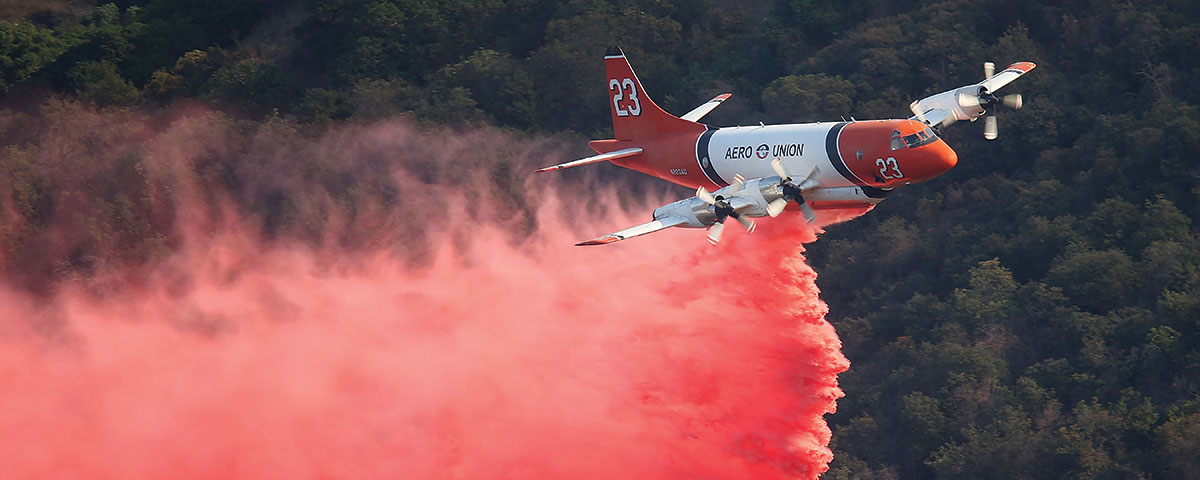 As last fall’s California wildfires demonstrated, the demand for aerial firefighters and the dangers they face have never been greater The world’s first practical firebomber was a Stearman, a 1939 Boeing 75 that had been converted into a cropduster. In 1955 a California agriculture applicator, Willows Flying Service, cut a hole in the airplane’s belly fabric and …
As last fall’s California wildfires demonstrated, the demand for aerial firefighters and the dangers they face have never been greater The world’s first practical firebomber was a Stearman, a 1939 Boeing 75 that had been converted into a cropduster. In 1955 a California agriculture applicator, Willows Flying Service, cut a hole in the airplane’s belly fabric and …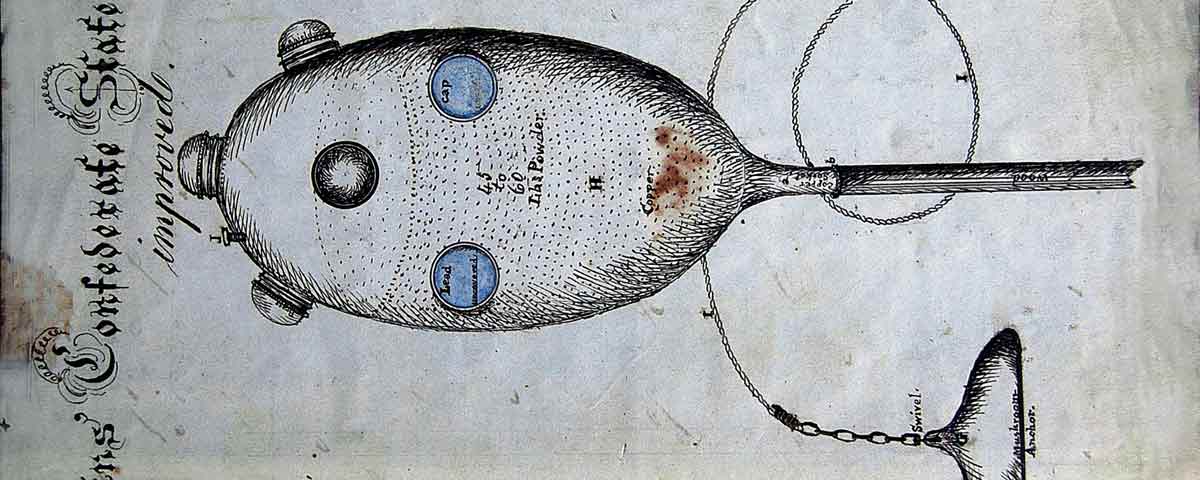 Not only did the Confederacy have forward-thinking technocrats who created “futuristic” weaponry, it also produced at least one visionary weapons genius: Gabriel James Rains.
Not only did the Confederacy have forward-thinking technocrats who created “futuristic” weaponry, it also produced at least one visionary weapons genius: Gabriel James Rains.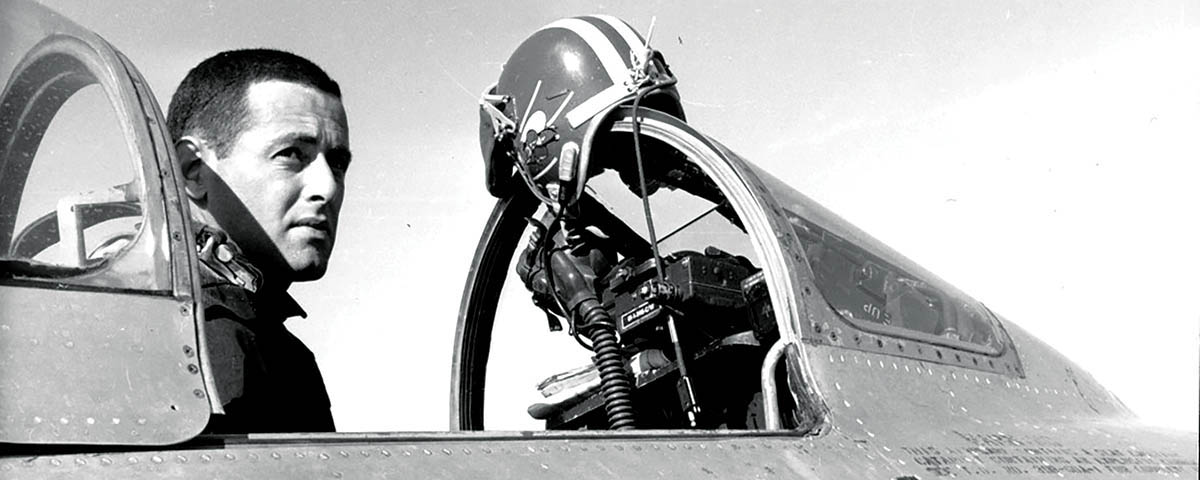 The author of The Hunters drew from personal experience when writing his celebrated Korean War novel Captain James A. Horowitz was a young man doing what he loved best during the Korean War—flying airplanes. A graduate of the West Point Class of 1945, the handsome pilot with jet-black hair served with the 335th Fighter Interceptor …
The author of The Hunters drew from personal experience when writing his celebrated Korean War novel Captain James A. Horowitz was a young man doing what he loved best during the Korean War—flying airplanes. A graduate of the West Point Class of 1945, the handsome pilot with jet-black hair served with the 335th Fighter Interceptor …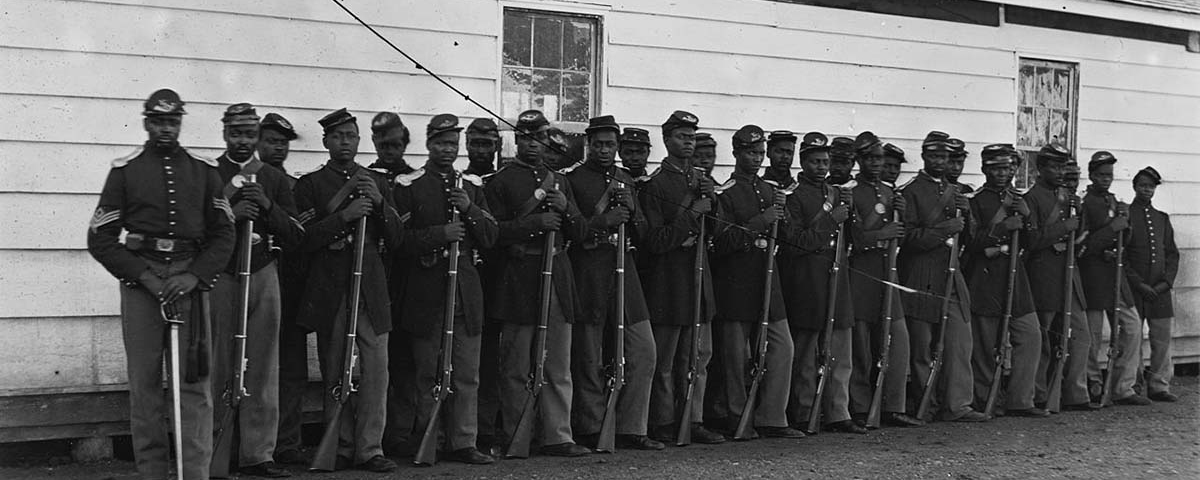 The National Museum of the United States Army, which is slated to open in about two years at Ft. Belvoir, Virginia, is home to many historical artifacts that tell the story of the U.S. Army from the birth of the nation to today. Among those artifacts are several rare items that highlight the African American …
The National Museum of the United States Army, which is slated to open in about two years at Ft. Belvoir, Virginia, is home to many historical artifacts that tell the story of the U.S. Army from the birth of the nation to today. Among those artifacts are several rare items that highlight the African American …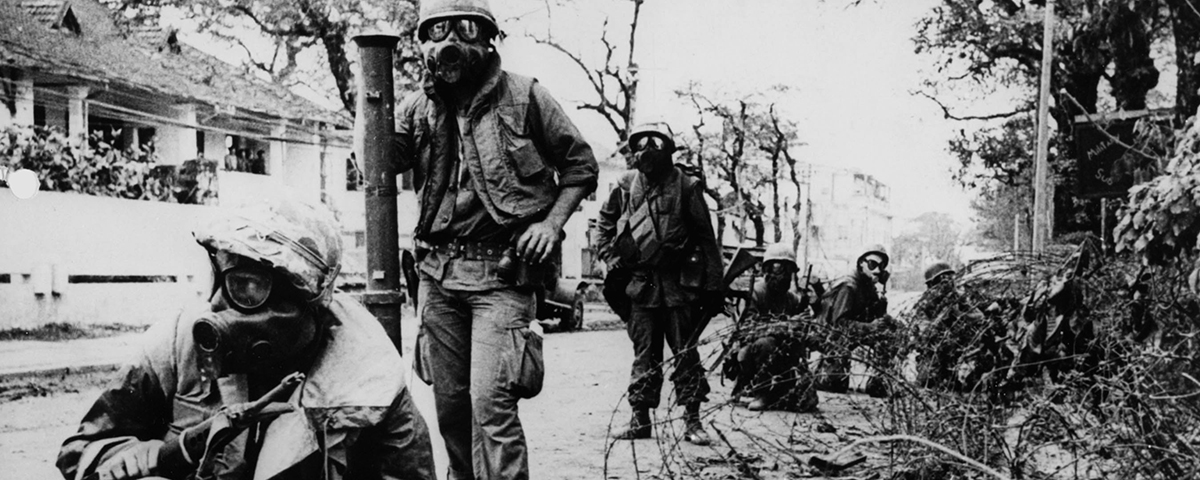 The Battle of Hue City was a difficult lesson in urban operations for U.S. forces during the Vietnam War. It lasted 26 days and cost more than 200 American lives, making it the longest and deadliest major engagement of the Tet Offensive. Retired Marine Lt. Gen. Ron Christmas fought in that battle as a 28-year …
The Battle of Hue City was a difficult lesson in urban operations for U.S. forces during the Vietnam War. It lasted 26 days and cost more than 200 American lives, making it the longest and deadliest major engagement of the Tet Offensive. Retired Marine Lt. Gen. Ron Christmas fought in that battle as a 28-year … At a short but intense battle in Tunisia, Americans cut through the myth of German invincibility
At a short but intense battle in Tunisia, Americans cut through the myth of German invincibility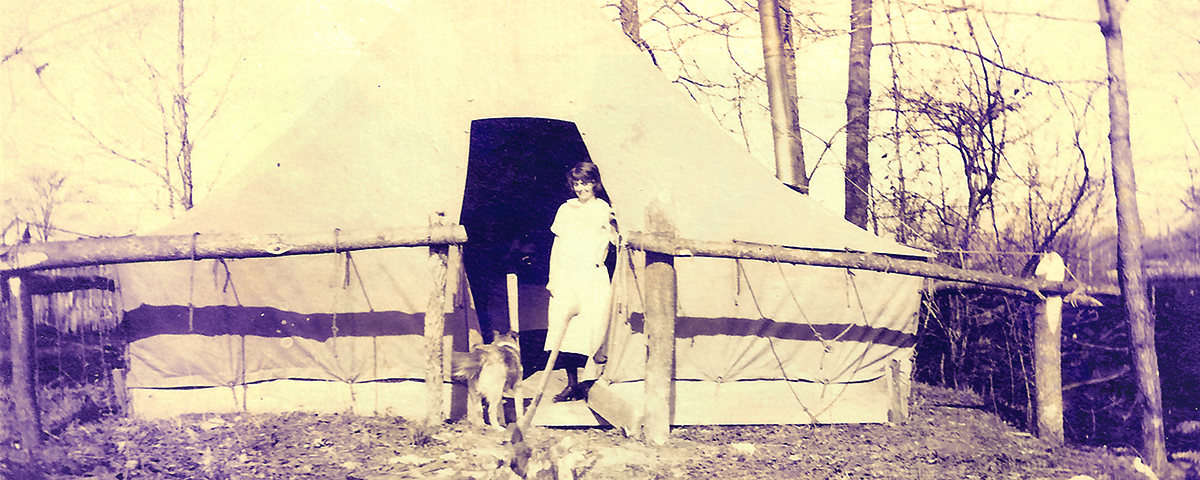 Roughing it along the Mississippi River through the eyes of a woman who lived it.
Roughing it along the Mississippi River through the eyes of a woman who lived it.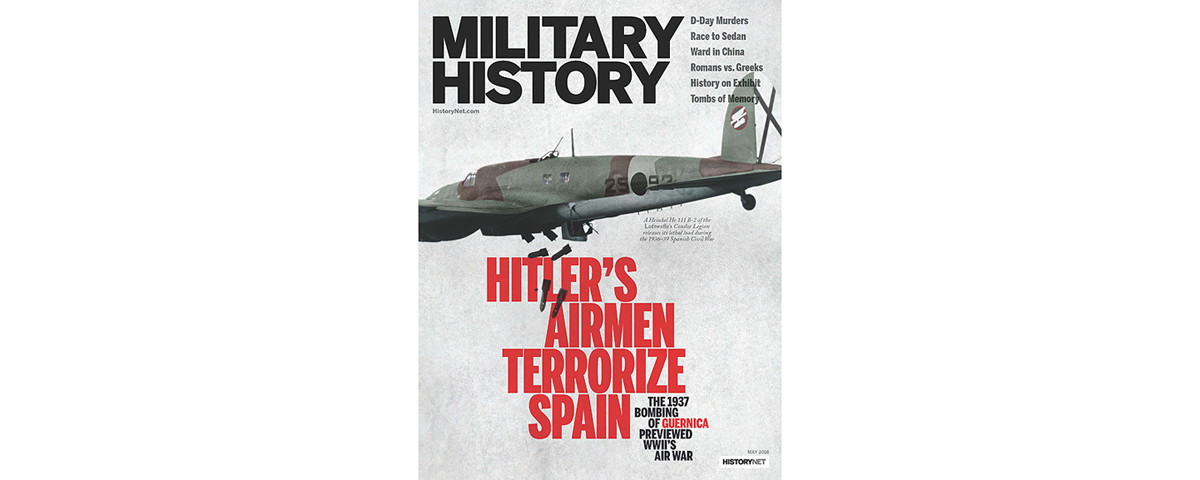 The May 2018 issue features a cover story about the bombing of Guernica, Spain, during the 1936–39 Spanish Civil War
The May 2018 issue features a cover story about the bombing of Guernica, Spain, during the 1936–39 Spanish Civil War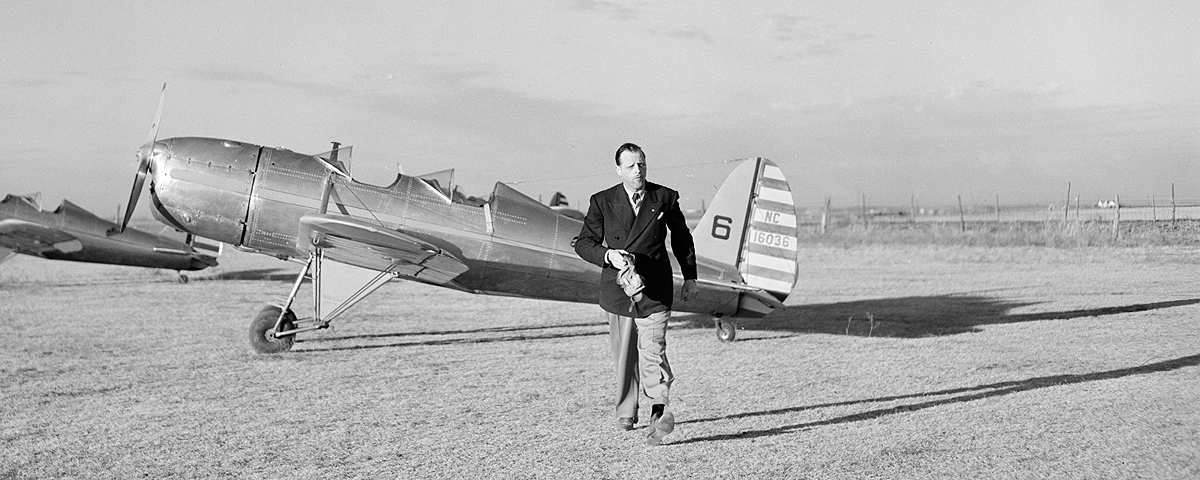 Readers sound off about the World War II Civilian Pilot Volunteers and recognition of Filipinos' wartime service
Readers sound off about the World War II Civilian Pilot Volunteers and recognition of Filipinos' wartime service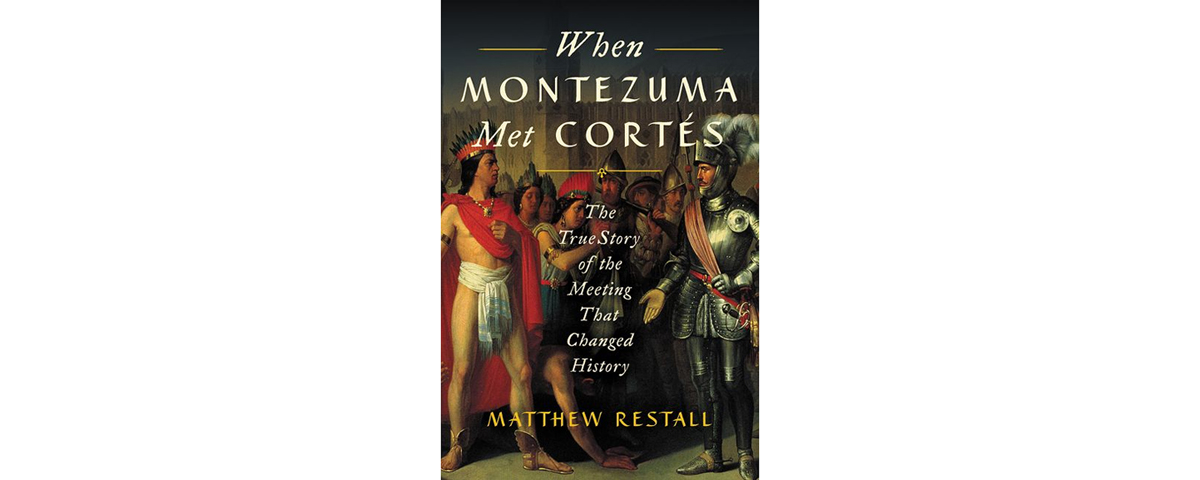 Matthew Restall argues an alternative take on Hernán Cortés' 16th century conquest of Mexico
Matthew Restall argues an alternative take on Hernán Cortés' 16th century conquest of Mexico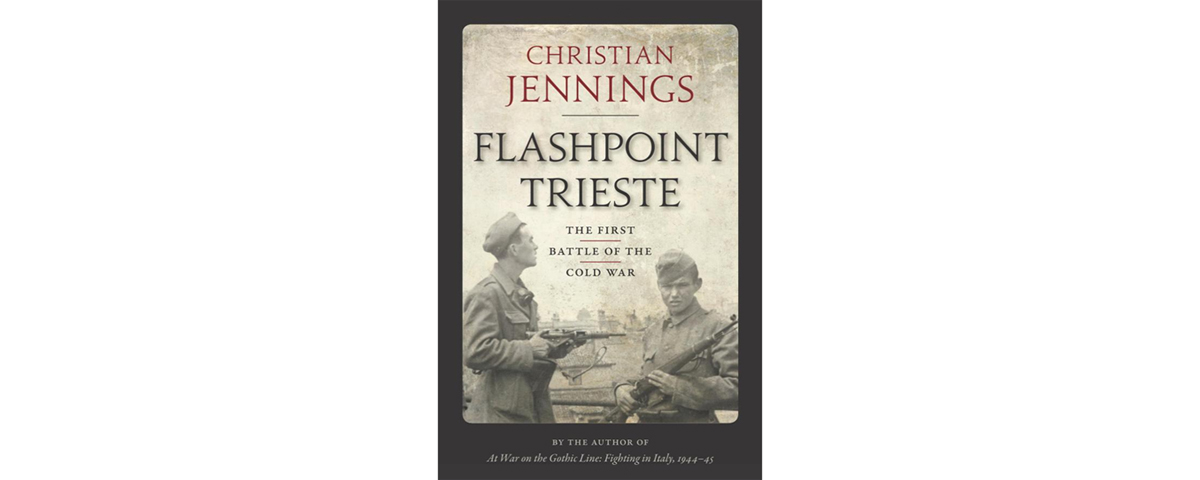 Christian Jennings examines how the Italian port of Trieste became a Cold War flashpoint
Christian Jennings examines how the Italian port of Trieste became a Cold War flashpoint Marc Hayden presents the best extant account of Gaius Marius and his key role in the late Roman Republic
Marc Hayden presents the best extant account of Gaius Marius and his key role in the late Roman Republic An airline pilot working to rebuild a Grumman Widgeon says he was assisted by a mysterious voice in his head. As Mark Taintor approached the hangar he heard a voice say “turn right.” He looked around and didn’t see anyone. The voice seemed to be inside his head. Taintor, a 29-year Hawaiian Airlines veteran, retired …
An airline pilot working to rebuild a Grumman Widgeon says he was assisted by a mysterious voice in his head. As Mark Taintor approached the hangar he heard a voice say “turn right.” He looked around and didn’t see anyone. The voice seemed to be inside his head. Taintor, a 29-year Hawaiian Airlines veteran, retired … Peter Guardino reconsiders each side of the 1846–48 Mexican War
Peter Guardino reconsiders each side of the 1846–48 Mexican War Daniel Siemens presents a comprehensive account of Nazi Führer Adolf Hitler's Sturmabteilung Brownshirts
Daniel Siemens presents a comprehensive account of Nazi Führer Adolf Hitler's Sturmabteilung Brownshirts Ian Black examines the tortured history of the Arab-Israeli conflict through the present
Ian Black examines the tortured history of the Arab-Israeli conflict through the present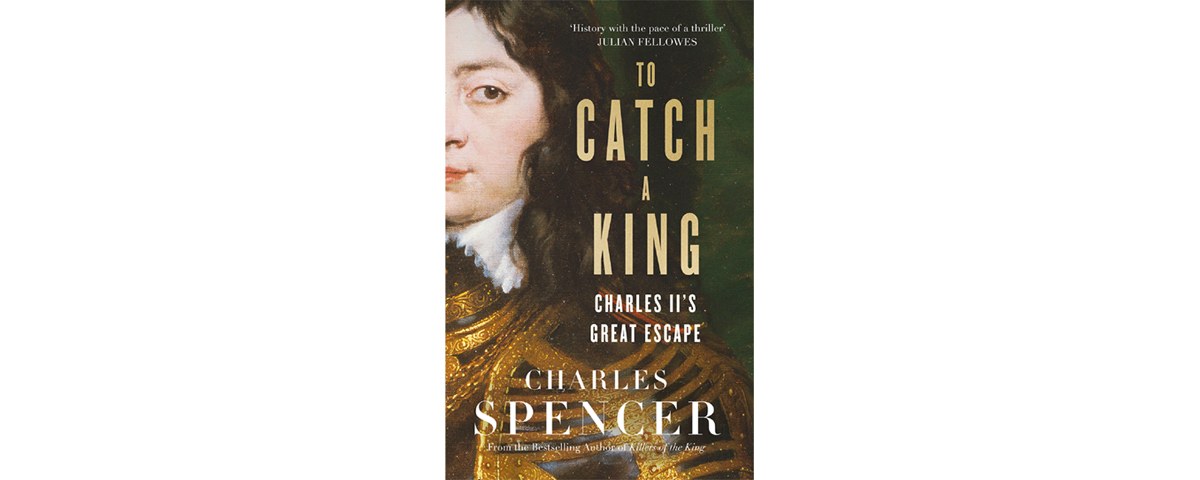 Charles Spencer follows up on his history of Charles I with this account of his son Charles II
Charles Spencer follows up on his history of Charles I with this account of his son Charles II “Teddy,” my father once said to me, “become a lawyer, and I guarantee you’ll make a million bucks by the time you’re thirty. I remember looking him in the eye and saying, “Pop, I think I want to be a writer instead.” —Thomas Fleming MHQ: The Quarterly Journal of Military History is pleased and excited …
“Teddy,” my father once said to me, “become a lawyer, and I guarantee you’ll make a million bucks by the time you’re thirty. I remember looking him in the eye and saying, “Pop, I think I want to be a writer instead.” —Thomas Fleming MHQ: The Quarterly Journal of Military History is pleased and excited …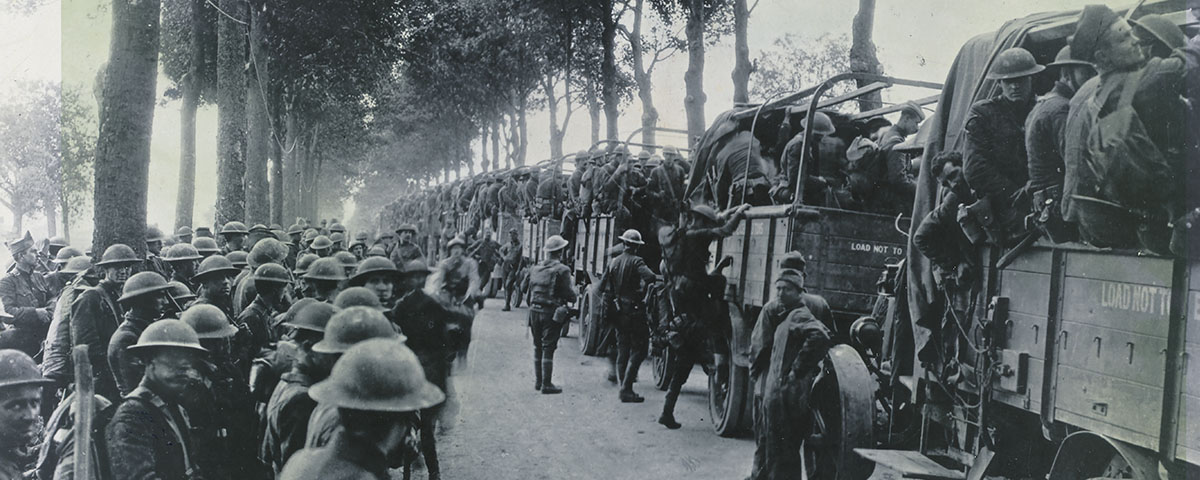 It’s a cardinal sin of warfare to underestimate the enemy, but Germany did exactly that as it sized up U.S. military power in World War I
It’s a cardinal sin of warfare to underestimate the enemy, but Germany did exactly that as it sized up U.S. military power in World War I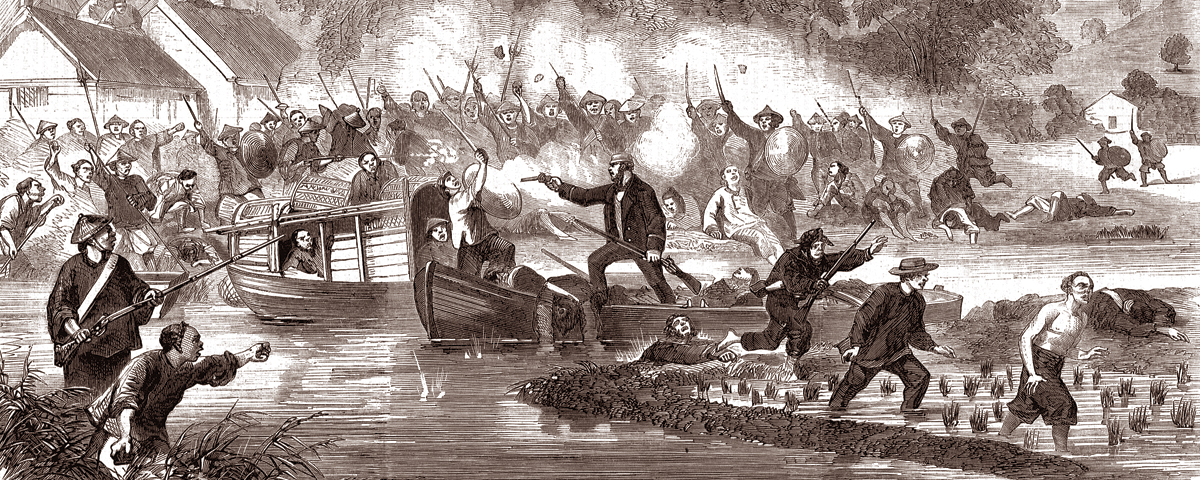 It took an American Christian adventurer to create an army capable of ending the only so-called Christian revolt in Chinese history
It took an American Christian adventurer to create an army capable of ending the only so-called Christian revolt in Chinese history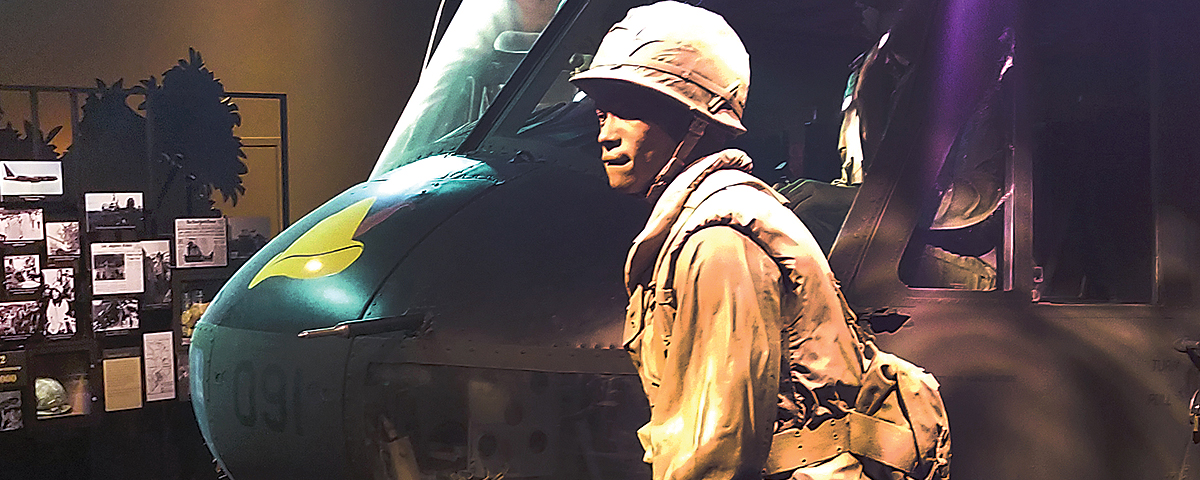 Blazich is curator for the Division of Armed Forces History at the National Museum of American History
Blazich is curator for the Division of Armed Forces History at the National Museum of American History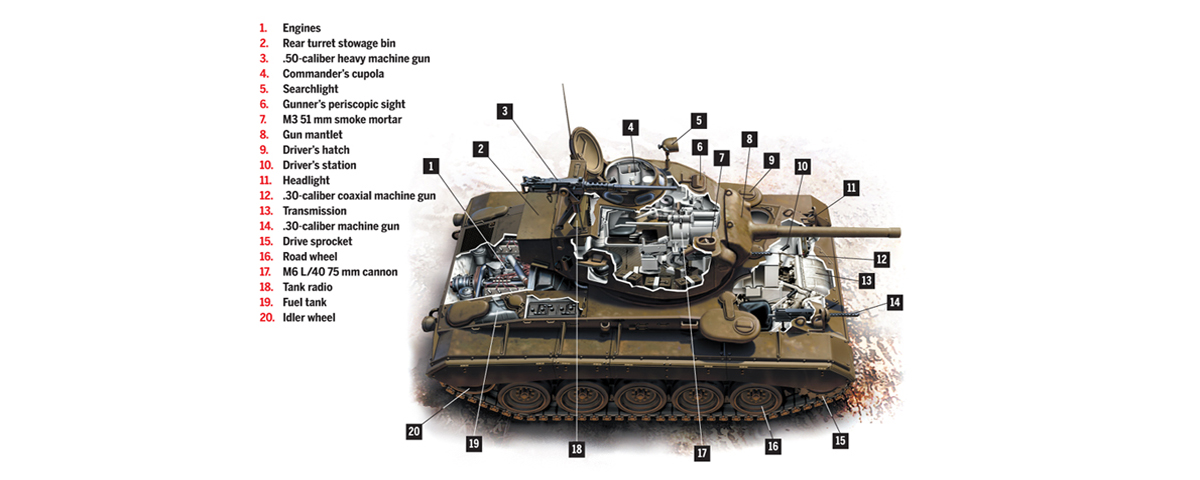 The M24’s mobility, maneuverability and hefty armament made it ideal for reconnaissance and troop support
The M24’s mobility, maneuverability and hefty armament made it ideal for reconnaissance and troop support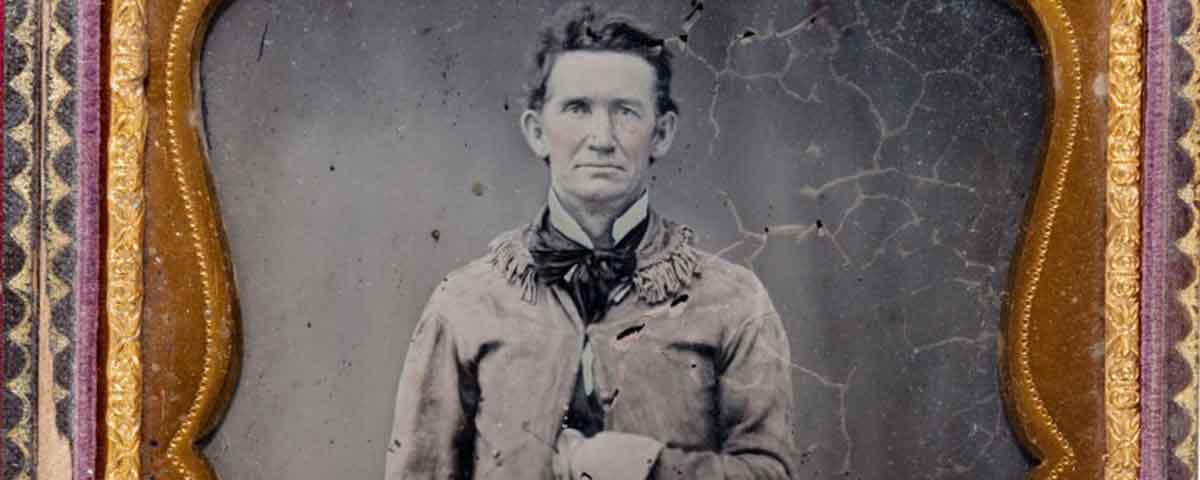 Confederate Colonel John Salmon Ford made Texas his home for nearly 30 years. In May 1865, with the end of the war nearing, Union troops hoped they had seen the last of him. They weren’t so lucky, as they found out at Palmito Ranch, in what would be the Civil War’s final battle.
Confederate Colonel John Salmon Ford made Texas his home for nearly 30 years. In May 1865, with the end of the war nearing, Union troops hoped they had seen the last of him. They weren’t so lucky, as they found out at Palmito Ranch, in what would be the Civil War’s final battle.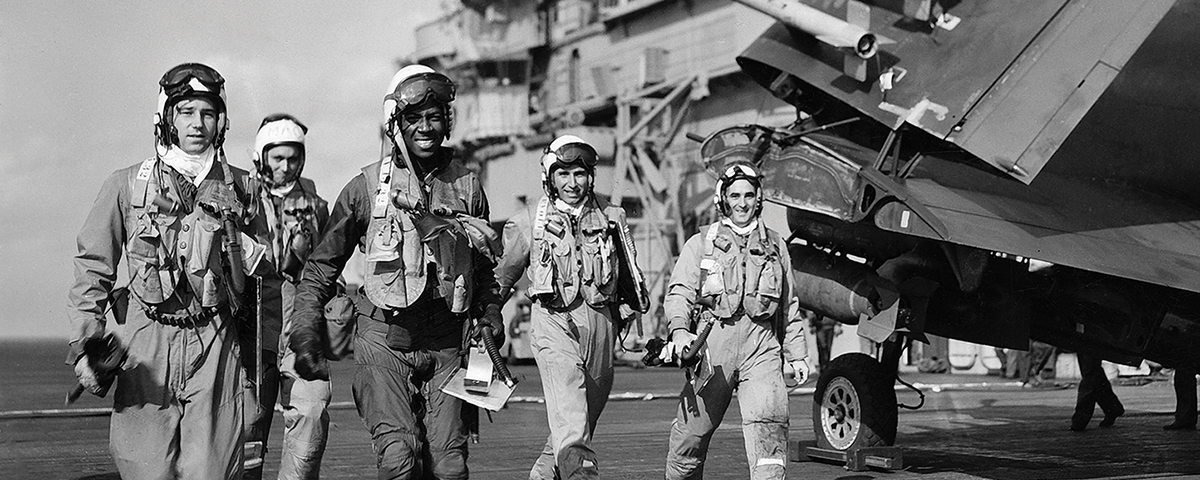 Jesse Brown, the U.S. Navy’s first black aviator, overcame hardship and prejudice in his quest for wings of gold. Jesse Leroy Brown set his sights on flying when he was just a youngster working in Mississippi’s corn and cotton fields. Growing up as the son of a sharecropper, whenever he spotted an airplane overhead, young …
Jesse Brown, the U.S. Navy’s first black aviator, overcame hardship and prejudice in his quest for wings of gold. Jesse Leroy Brown set his sights on flying when he was just a youngster working in Mississippi’s corn and cotton fields. Growing up as the son of a sharecropper, whenever he spotted an airplane overhead, young …